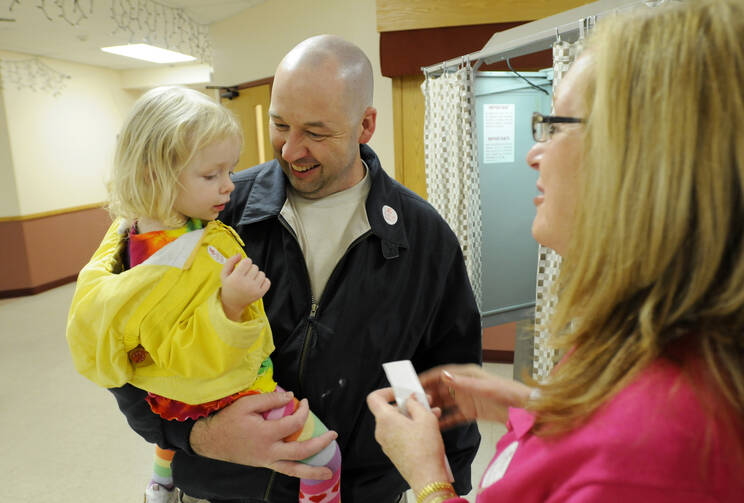How do you show that you’ve “made it” in the Untied States? Perhaps a new car and a manicured front lawn? Membership in a country club, or your name among the donors to a museum or symphony orchestra? How about voting in midterm elections?
On Thursday the Census Bureau released Who Votes? Congressional Elections and the American Electorate: 1978-2014, which uses survey data to estimate how many people cast ballots last November (when the Republicans captured the Senate and won their biggest majority in the House of Representatives since 1928). The top line is that turnout was low: 41.9 percent of adult citizens voted in the general election, down from 45.5 percent in 2010 and the lowest rate since at least 1978, when the Census Bureau began keeping track. During that period, turnout in midterm elections topped 50 percent only in 1982, midway through Ronald Reagan’s first term as president.
FiveThirtyEight.com’s Harry Enten writes that the census figures belie the theory that Republicans did well in 2014 because the electorate was older and whiter than in recent presidential elections, noting that whites made up 76.3 percent of the electorate last year—exactly the same as when Barack Obama was elected in 2008. Republicans did better among all racial groups last year in 2014 versus 2008 (for example, losing among black voters by “only” 79 points versus 91 points). “Just because the country becomes more diverse doesn’t mean it will become more Democratic,” Enten cautions.
But the 2014 electorate was hardly representative of the nation as a whole. Look at the demographic breakdown and it becomes clear that Americans with more stable, settled lives are more likely to vote.
The following groups reported voting rates of more than 50 percent in the midterms: people at least 65 years old; married people currently living with their spouses; government workers; people living at the same address for at least five years; people who have earned at least a bachelor’s degree; military veterans; and people whose families earn at least $75,000 per year.
These groups reported voting rates of less than 33 percent: people under 35 years old; Asians and Hispanics; people who are separated from spouses or have never married; the unemployed; people who have lived at their current address for less than a year; people who did not complete high school; and people whose families earn less than $20,000 per year.
There are three explanations, not mutually exclusive, for lower voting rates among those with worse economic prospects. One is that voting laws discourage participation by citizens of limited means. People who move frequently may not aware of voter registration deadlines, which vary from state to state; limited voting hours may prevent people with long commutes or work shifts from getting to the polls, especially in urban areas with long lines; and voter ID laws may impose special burdens on those without driver’s licenses. Another explanation is that the economically disadvantaged feel alienated from American politics and simply don’t see any benefit from voting (as opposed to more economically secure citizens who feel motivated to vote against big changes in government policies). The third explanation is that people who are struggling to meet basic needs simply don’t have the time to pay attention to campaigns and elections.
Whatever the combination of reasons, people who have fewer demands on the government are more likely to vote. Many argue that it’s a good thing voter turnout skews in favor of citizens who are more successful, and have deeper roots in their communities; they may be better informed and less susceptible to candidates who make unrealistic promises of change. Whether or not there is merit to this argument, the Census data challenge the idea, advanced by politicians from Richard Nixon to Donald Trump, that the “silent majority” of middle-class citizens are underrepresented in American government. (“The silent majority is back, and we’re going to take our country back,” said Trump at a rally last week.)
Congress is more responsive to people who vote. The poor and the unemployed generally do not fall in this category.








